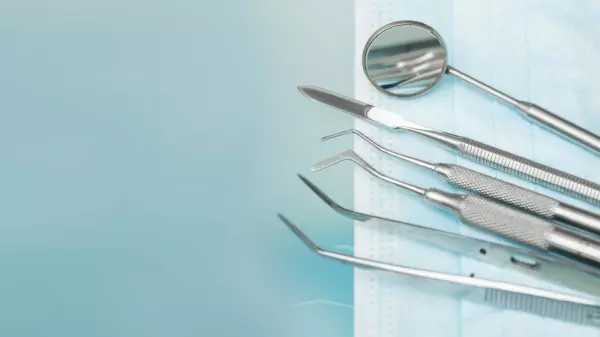
Cyber security for medical devices and medical...
Cyber Security The security of embedded devices is a pressing concern for society. Medical dev...
Portal and digital medical technology fair of the largest MedTech cluster in Germany

Cyber security for medical devices and medical...
Cyber Security The security of embedded devices is a pressing concern for society. Medical dev...

Verification and validation of software in...
Our experience in a variety of safety-critical areas enables us to deliver an effective and efficien...

During the process of 510(k) medical device approval, new devices are automatically classified in Class III, the most stringent category, which requires extensive clinical trials and evidence. If the new device presents a low risk, the sponsor can request a reclassification to Class I, which is an easier process. Table 1 summarizes the different regulatory pathways and types of devices. The 510(k) pathway is the preferred pathway for new medical devices.
In addition to its flexibility, STeP has also been designed to streamline medical device development. Under this scheme, the FDA can streamline the review, assessment, and approval process for safer devices. The procedure includes two phases. The first phase involves an earlier engagement with the agency's staff and a more rigorous data development plan. The second phase involves the evaluation of existing devices, and it requires additional data gathering and analysis. A successful application will receive a positive result from the process.
The process of medical device approval is a complex process. Several stakeholders must review and assess the safety of a device. Failure to comply with the regulations can lead to serious consequences for patients. The US Food and Drug Administration (FDA) also has the final authority for approving a device. Once approved, it is available on the market. The approval process can take up to four years, or even longer. The process is often lengthy and expensive, so it is important to make sure the medical device is approved before it gets to the market.
In 1976, around 20 million Americans had a medical device implanted. Less than 1% of these devices underwent the FDA's pharmaceutical approval process. Despite this, however, the FDA is now seeking to launch a new pathway to speed up the process for devices with high risks, enabling more devices to reach consumers. The Humanitarian Device Exemption, first introduced in 1990, allows a device to bypass the 510(k) process by collecting clinical evidence. The Expanded Access Program, meanwhile, began in 1997, giving patients access to unapproved products.
Although the 510(k) process is the most common pathway for medical device approval, there are some challenges associated with it. The lack of quality data is another major obstacle to obtaining regulatory approval. Without high-quality clinical trials, a device cannot be considered safe and effective for the intended patient population. Instead, the FDA requires a significant amount of evidence from different sources. In the meantime, the FDA has emphasized the importance of scientific studies.
Pre-submission PMAs can include software for drug-delivery systems and imaging tests. These devices are regulated as drugs, but some can also be used in diagnostic procedures. Many medical devices are only approved once the FDA approves them. But despite the benefits of PMAs, there are some risks and challenges. Getting regulatory approval for medical devices is a process that is not easy, but if you can meet these challenges, the process will go much smoother.
Become a digital exhibitor yourself in the online portal of the largest and best-known MedTech cluster region in Germany and inform the world of medical technology about your products and services as well as about news, events and career opportunities.
With an attractive online profile, we will help you to present yourself professionally on our portal as well as on Google and on social media.